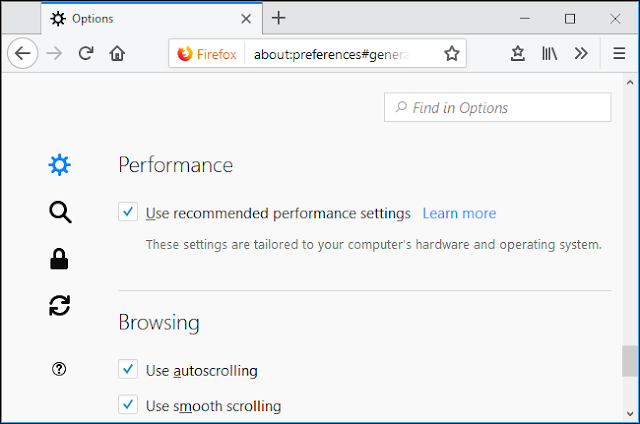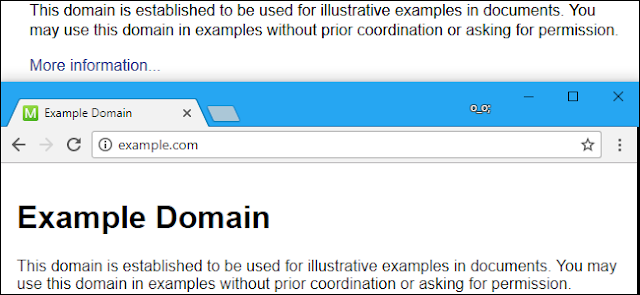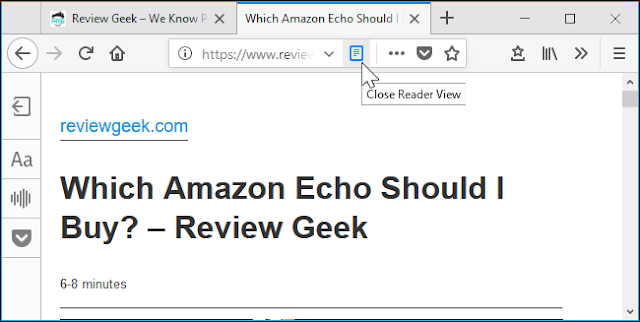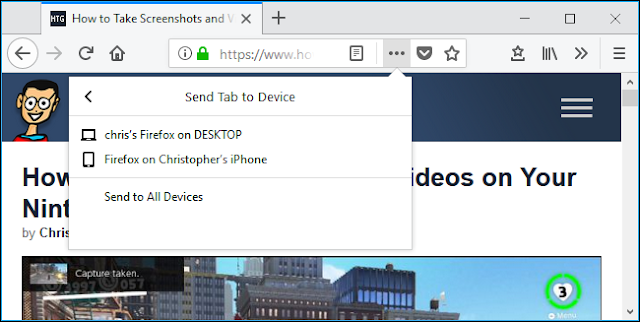
I’ve been using Firefox Quantum non-stop for more than a week now, starting from before its official release. For years, every Firefox release has felt slower than Chrome to me. But Firefox is now a real, speedy, modern option again. Enough so that I’m switching from Chrome back to Firefox.
Sure, it’s nice that Firefox is the underdog, a small company dedicated to making the web better rather than pushing its own technology ecosystem like Google, Microsoft, and Apple. But Firefox has plenty of practical features you might prefer it for, too. For the first time in years, Firefox feels like a solid alternative browser you can use without making any compromises.
Firefox Really Is Fast Again

I first used Firefox back in 2002, when it was called “Phoenix”. At the time, it was a breath of fresh air compared to Internet Explorer. But Chrome stole the crown from Firefox with a more modern architecture that was faster, more secure, and just took better advantage of modern hardware. I’ve been trying Firefox off and on for years, and even something as simple as switching between tabs with multiple web pages open felt noticeably slower compared to Chrome.
But, thanks to Mozilla’s recent efforts, Firefox is a competitor once again. By default, Firefox runs a process that handles the user interface separately from four “content processes” that render web pages you have open in tabs. This means heavy web pages won’t slow down Firefox’s interface anymore. Firefox finally being multi-process means Mozilla can tighten up FIrefox’s sandbox to limit the damage a malicious web page could do if it managed to exploit a security hole, too. And the limit of four content processes means Firefox uses 30% less memory than Chrome, at least according to Mozilla.
People who don’t like the amount of processes and system memory Chrome uses can actually customize how many processes Firefox uses. I haven’t been paying attention to memory usage because I have plenty of RAM in my PC, but four content processes has definitely been enough to keep Firefox speedy, even with a large number of tabs open. If Firefox Quantum feels a little sluggish for you, try refreshing it and starting with a fresh slate.
Speed-wise, Firefox definitely feels on par with Chrome. Seriously, this isn’t about benchmarks: The browser just feels fast. And it should only speed up more as Mozilla adds more of the Servo experimental browser engine to Firefox over future releases. The initial release of Firefox Quantum only features a new CSS engine, and many more improvements will be arriving in future updates.
Text Looks Better In Firefox Than Chrome

Can we talk about one big problem with Chrome that few people bother pointing out? Chrome’s text rendering doesn’t look to great on Windows. Compared to Mozilla Firefox, Microsoft Edge, and the average Windows desktop application, text in Chrome just looks off. Chrome is doing something weird that makes its text look different from other Windows applications.
See for yourself: go to a very simple website like example.com in both Firefox and Chrome. You’ll see a difference. Chrome’s fonts will look a bit lighter and thinner than Firefox’s, which look a bit darker and thicker. I find Firefox’s more readable, and they fit in better with the rest of the Windows desktop. (For the record, Microsoft Edge’s text looks the same as Firefox too.)
Depending on your display and system settings, you may just see a subtle difference—but it’s likely noticeable. In the screenshot above, the top image is Firefox and the bottom is Chrome.
This bug on the Chromium bug tracker discusses the font issue in Chrome, but Chrome’s developers don’t seem too focused on fixing it.
Firefox’s Extensions Still Offer More Power

For Firefox users who stuck with the browser, the big pain point in Firefox Quantum is the new extension system. Firefox has supported WebExtensions for a while, but now it only supports WebExtensions and the old, powerful XUL extension system is gone. Firefox uses managed extensions, much like Chrome’s. Those old extensions had full access to Firefox’s interface, which made them extremely powerful—but it also meant that they could cause browser problems and they often broke when Firefox updated to a new version. They also just weren’t fully compatible with Firefox’s more modern multi-process architecture and sandboxing features.
As a Chrome user, though, Firefox isn’t a downgrade when it comes to extensions. In fact, it’s an upgrade, as Firefox still offers a few features Chrome extensions can’t match. For example, Firefox has a convenient sidebar for viewing your bookmarks and history. But the sidebar can be used by extensions, too. I particularly love Tree Style Tab, which offers not only a tab view in a vertical sidebar—perfect for widescreen monitors and large numbers of tabs—but organizes the tabs you open in a “tree”, so you can see which tabs you opened from which other tabs. Really, with modern widescreen monitors, vertical tabs are awesome.
Chrome doesn’t offer anything similar because it’s just not possible for Chrome extensions to use a browser sidebar. The few vertical tab extensions for Chrome use a separate window that floats next to your main Chrome browser window, and that’s a pretty bad experience. I wouldn’t want to use that.
Firefox will hopefully continue to offer more powerful features extensions can make use of in the future. Sure, Firefox is embracing Chrome-style extensions, but Firefox could offer more features for those extensions to take advantage of and remain the browser with the most powerful extensions.
Reader View Shows Mozilla Adding Features Google Won’t

Firefox also has Reader Mode, a feature found in other modern browsers like Apple Safari and Microsoft Edge. This isn’t a new feature in Firefox—it’s a feature every browser but Chrome has offered for years. Chrome’s developers were testing a similar option with a hidden about:flags option years ago, but it never went anywhere.
To access it, you just head to a web page containing an article and click the “Enter Reader View” icon that appears at the right side of the address bar. You get a minimal page without any images, videos, backgrounds, or other web page elements that get in the way of reading.
Sure, you can get this feature on Chrome with a browser extension, but it’s a good example of Mozilla adding a feature that Google just doesn’t want to add to Chrome.
Firefox Sync, Mobile Apps, and Sending Tabs

Firefox also matches Chrome in offering a Firefox Sync feature that synchronizes your browsing data between all your devices, and mobile apps so you can access your bookmarks and open tabs while away from your PC. Official Firefox apps are available for iPhone, iPad, and Android.
In fact, there are some useful mobile features Chrome doesn’t offer. A “Send Tab to Device” option in Firefox’s page action menu allows you to send a tab to another device you’re syncing with Firefox Sync, immediately opening a tab on your phone or another PC. It’s pretty convenient.
EmoticonEmoticon